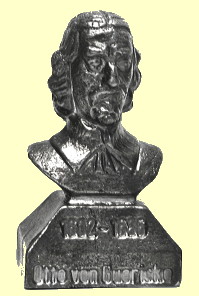Metallic Coatings
Metallic Thin Films
Thin metallic films have a variety of applications. Known areas of application are the shielding of electromagnetic radiation on functional parts made of plastic materials (electromagnetic compatibility - EMC), mirrors in the visible and infrared spectral range, decorative applications in the design of consumer goods or diffusion barriers. In addition, metallic coatings are of utmost importance as contact material for electronic and electrical applications. The selection of the specific metal depends on various parameters. In addition to the specific conductivity (and other electronic parameters), these are mostly chemical and mechanical properties that give preference to certain elements or lead to their exclusion. Based on the experience gathered in-house, PT & B staff will give advise on the selection of the suitable metal.
The deposition of the metal layers is performed by means of the so-called sputter technology, a special form of PVD. For most applications of thin metallic coatings, this technology is far superior to other PVD processes as, for example, Arc PVD or thermal evaporation.
At PT&B there are two types of coating equipment for sputter deposition with metals.
- For plane substrates:
- Wafer coater apparatus equipped with two magnetron sources of 5 inch diameter
- For plane and three-dimensional substrates:
- STARON 80-100 for stationary deposition or dynamic deposition with single or double rotation, respectively. In this equipment a planetary gearbox and rectangular magnetron sources of 30 inches are in use. Layer systems of three different metals can be deposited this way.

The metallic layers are applied with thicknesses from a few nanometers up to about 10 µm. Particular attention is paid to the good adhesion of the layers on the various substrates. In addition, the mechanical properties (in particular the residual stress) can be influenced by the process parameters during sputtering. For example, the deposition of "zero stress films" (ie layers free of mechanical residual stress) is possible. The temperature during coating production is in the range of approx. 50 to 300 degrees Celsius and is set via the selection of suitable process parameters. The purity of the gases used is 99.999% (5N), the purity of the metal targets used is - depending on the customer - in the range of about 99% to 99.999%. Thus, even high-purity layers can be produced. With the use of several magnetrons, multi-layers of layers of two or three different metals can be deposited in the coating systems.